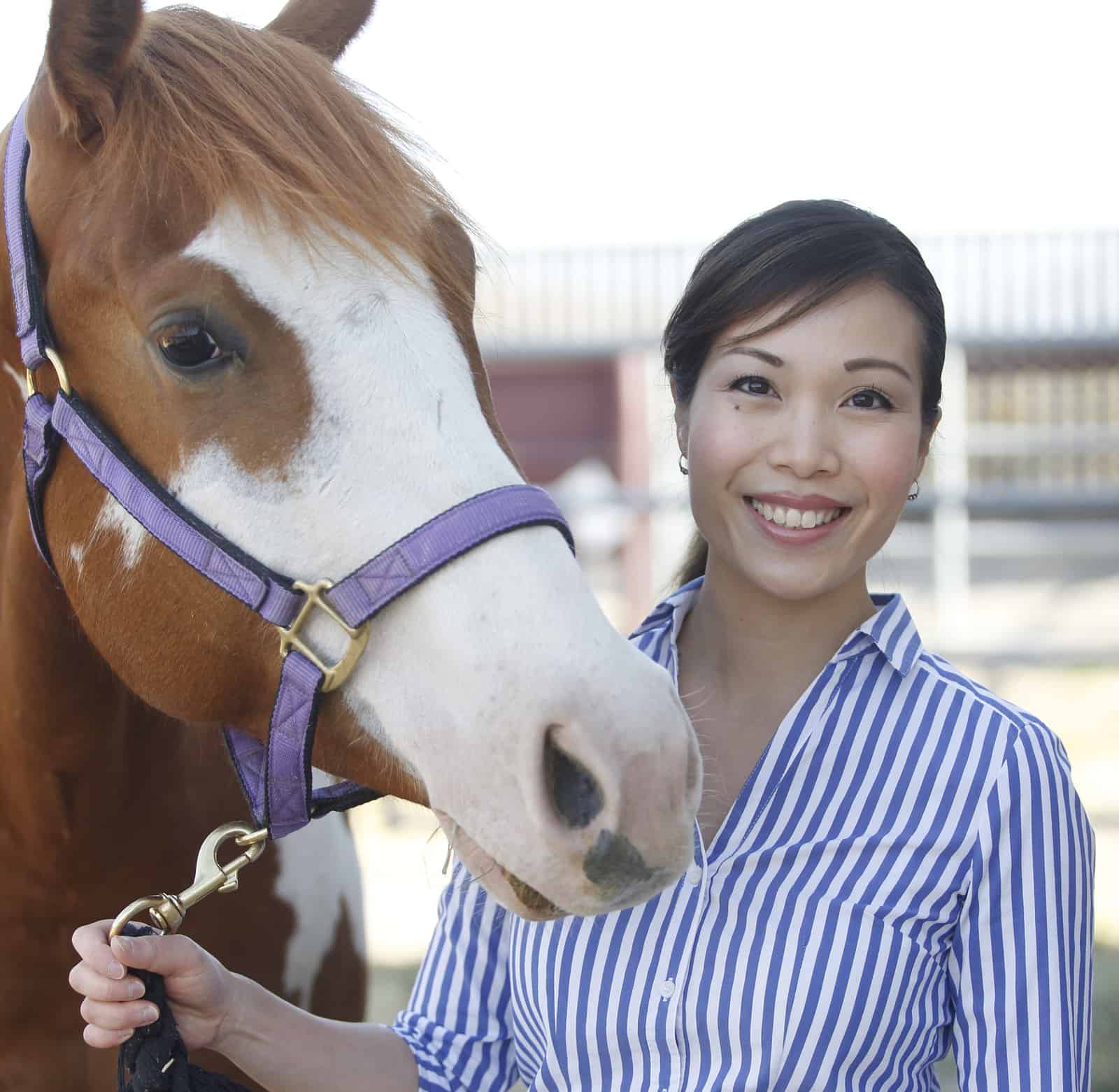Windpuffs: Resolving a Common Swelling in Horses

Madison Rostykus, via e-mail
A.Fluid-filled swellings in the rear aspect of the tendon/fetlock area—called “windpuffs,” or synovial effusion of the tendon sheath—are a common condition in horses. They result from inflammation of the digital flexor tendon sheath, the structure that encases the deep and superficial digital tendons that run from the back of the knee down to the fetlock.
There are two types of windpuffs: idiopathic (of unknown cause, but they do not cause any problems) and pathologic (caused by disease).
Horses most frequently develop idiopathic windpuffs, especially when swelling is evident on both sides of the tendon and bilaterally symmetrical in both hind limbs. Idiopathic windpuffs tend to be chronic and can be worse in horses with anatomical predispositions, such as club foot, and after exercise, due to stress placed on the tendons. Lameness is not a component of idiopathic windpuffs, and this condition is not associated with -disease.
Swelling of the tendon sheath itself could be an indication of more severe injury or tenosynovitis (inflammation of the membrane that surrounds the tendon sheath). This pathologic condition manifests acutely and results in lameness, swelling, and pain on palpation of the affected area. Veterinarians can differentiate tenosynovitis from windpuffs using physical examination findings, a tendon sheath block (with anesthetic), ultrasound, magnetic resonance imaging, or tenoscopy (endoscopy or visual examination of the inside of the tendon sheath using a fiber-optic camera). Treatment includes administering anti-inflammatory drugs, resting the horse, and possibly having a veterinarian inject the lesion.
A final complication of windpuffs is proximal annular ligament (PAL) desmitis (inflammation). The PAL is a ligament that holds the flexor tendons against the surface of the leg. In this case, tendon sheath swelling combined with thickening of the PAL leads to constriction of the tendon, causing a bulge above and below the ligament. Veterinarians can diagnose this by looking for the characteristic appearance, lameness, pain when the fetlock joint is flexed, and local heat, and by using local block and ultrasound. Treatment includes severing the PAL surgically (desmotomy) and possibly resecting any masses or adhesions within the digital sheath.
Since your mare is not lame and the swelling tends to occur after exercise, her condition appears to be most consistent with idiopathic windpuffs. These might result from the wear and tear on the tendon during exercise, with her conformation being a possible contributing factor.
Idiopathic windpuffs can be difficult to prevent, particularly when they become chronic. Owners can manage windpuffs using supportive therapy such as bandaging, sweats like those which you have been using, and cold therapy with ice. In severe cases, hyaluronic acid injections in the tendon sheath might help.
Overall, windpuffs are generally not associated with any lameness problems, tend to be chronic, and can be managed using supportive care. Should you notice any asymmetry or lameness developing, make an appointment with a veterinarian.

Written by:
Jean-Yin Tan, DVM, Dipl. ACVIM
Related Articles
Stay on top of the most recent Horse Health news with



















